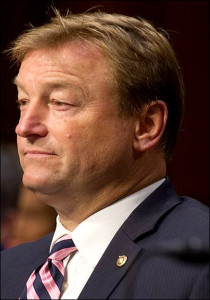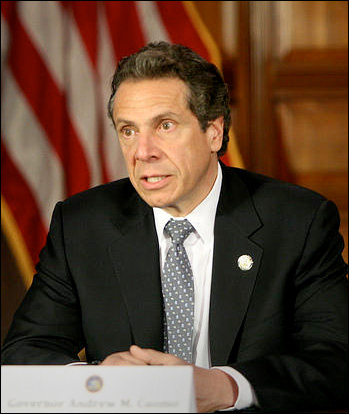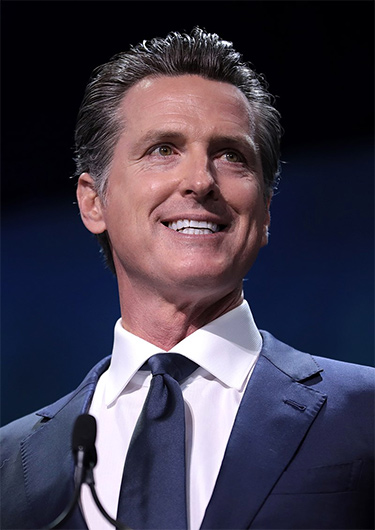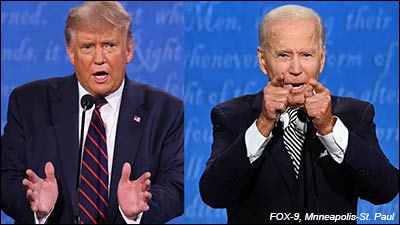
Click on above image from TV ad to go to New Jersey gubernatorial Republican candidate Jack Ciattarelli’s ad about state taxes and opponent incumbent Gov. Phil Murphy (D).
By Jim Ellis
Oct. 26, 2021 — The most recent Emerson College poll for the New Jersey governor’s race (Oct. 15-18; 600 likely New Jersey voters; combination live interview, text, and interactive voice response system) suggests that Republican challenger Jack Ciattarelli, a former state assemblyman and ex-county official, has an outside chance of scoring an upset victory over Gov. Phil Murphy (D) in next week’s statewide election.
While the odds still favor a Murphy win, the new survey certainly shows areas of weakness for the Democratic incumbent and a path to victory for the Republican challenger. According to Emerson, Gov. Murphy leads 50-44 percent, and when leaners are added to the mix, the margin tightens to an even closer 52-48 percent.
Among those who classify themselves as “very likely” voters, the Murphy lead shrinks well within the polling margin of error at 48-45 percent. The biggest Ciattarelli positive sectors are among undecided voters, who are breaking his way on a 59-41 percent clip, the Independent segment, 56-32 percent, men, 50-41 percent, and those in the 50-64 age range, 49-46 percent.
Gov. Murphy obviously can highlight positive sectors of his own. The most favorable sign pointing to a Murphy victory next Tuesday is among the people who say they have already voted. Of those, 76 percent indicated they supported Gov. Murphy as opposed to just 24 percent who cast their ballot for Ciattarelli.
The Emerson poll finds the governor leading among women, 57-40 percent, those aged 18-29, at 58-42 percent, the 30-49 aged sector, 47-41 percent, and the oldest and most reliable voting segment, the people aged 65 and older, 53-42 percent.
Neither candidate has a particular advantage on the favorability index. Gov. Murphy records a 49:47 percent favorable to unfavorable rating, while Ciattarelli posts an even 40:40 percent ratio.






